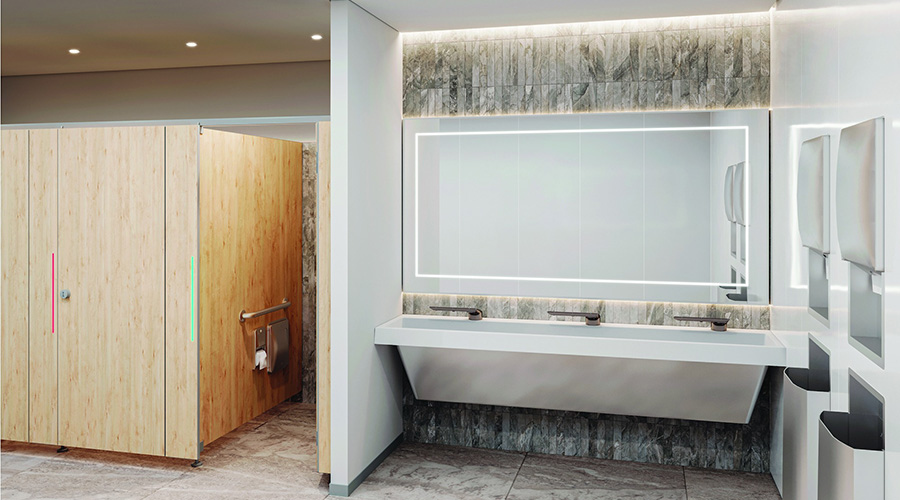Drain-Cleaning Equipment: Rent or Buy?
To ensure safety and minimize inconvenience to building occupants, certain elements of the drain-cleaning process, such as trained personnel, chemical cleaners, manual snakes, and floor-cleaning equipment should always be available for instant response when a problem occurs.
Managers can make smart decisions on whether to rent or buy a drain cleaner by weighing cost per use versus frequency of use. If the equipment is easily and quickly available from a nearby rental company and the use is infrequent, rental might be the best option. But if the rental takes longer to acquire and if technicians need the unit frequently, it probably is more economical to buy the unit.
One factor that can tip the scale is the variety of cleaning equipment workers use. If they need a 100-foot electric auger one day and a larger auger with a root cutter the next day, and if such needs are infrequent, the scale might tip toward rental as the better option. In this case, rental ensures the most productive equipment is available each time to shorten the task time, get the problem resolved and get the facility back to normal sooner. Customer service might trump cost.
When buying drain cleaners, managers should look for the most versatile options — those suitable for multiple tasks. Compromises are inevitable, but the objective is to optimize effectiveness, safety and cost.
The issue of safety is more complicated when renting equipment because the operator of rented equipment is likely less familiar with it. It is extremely important to use due diligence in preparing technicians with the proper preparation and training before they operate rented drain cleaners.
Finally, another option is a drain-cleaning service. The total cost per job will be higher using this option, but it includes advantages such as trained personnel, the right equipment, plenty of cable for the hardest-to-reach jobs, and professional equipment maintenance. Cleaning services also have the latest scopes to enable technicians to look in the drain, diagnose the problem, and take pictures to verify the drain condition. And in-house technicians are not diverted from other important work.
Related Topics:














